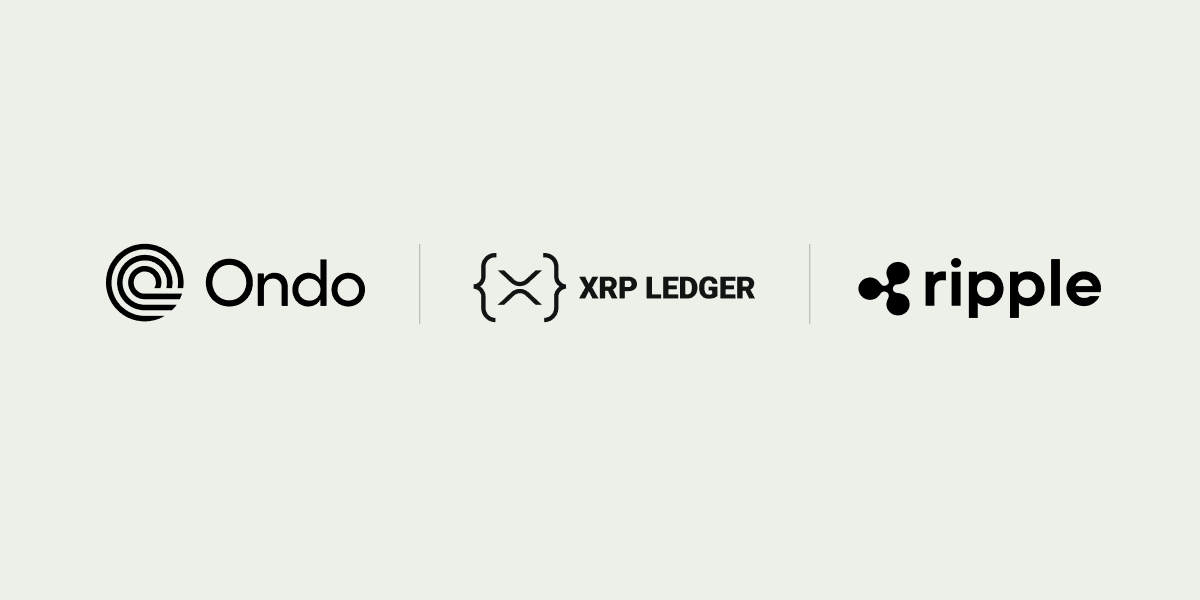This post was originally published in 2022 and has been updated as of May, 2024.
Instant payments continue the forward march as the transaction method of choice for consumers and businesses across the European Union and the United Kingdom. Entities like the European Commission (EC) are behind the progress, working to build more resilient financial infrastructure and make instant payments universally available. But ambitious projects still come with formidable challenges.
In June 2023, the EC published proposals for the Payment Services Directive 3 (PSD3) and the Payment Services Regulation (PSR) in an attempt to keep pace with the rapid developments in the electronic payments market.
Minimally, the financial data access and payments package seeks to sustain an efficient market for retail financial services that ensures:
the same rules across the EU
clear information on payments
fast and instant payments
consumer protection
a wide choice of payment services
Today, one in three EU payment service providers does not offer instant euro payments, and up to 70 million payment accounts in the euro area do not allow holders to send and receive instant payments. In many cases, instant payments cost much more than traditional money transfers—often as much as €30 per payment.
PSD3 and PSR measures emphasize creating a better environment for digital transformation including reducing fraud, improving open banking functions, and harmonizing administrative rules for over 270 e-money institutions and 800 payment institutions.
The efforts establish clear rights and obligations to manage customer data sharing in the financial sector, even beyond payment accounts. In practice, this should lead to more innovative financial products and services for users and stimulate competition in the financial sector.
The EU also aims to support a single payment area which lets citizens and businesses make cross-border payments as easily and safely as they would in their home country, and subjects cross-border payments to the same charges as domestic payments.
Payments Proposals Signal UK Progress
In the UK, the Faster Payments System enables payments to move quickly and securely to and between UK bank accounts, 24 hours a day. In 2022, Faster Payments saw massive processing growth.
In Q2 of 2023, the system saw 1.2 billion payments processed, a 14% increase over the amount processed at the same time the year prior. The total amount of payments processed during this quarter was £914 billion, a 15% increase on total payments processed in Q2 of 2022.
These impressive volumes prove that change is imminent for financial institutions with implications across products and services strategy, cash-flow, compliance, and customer retention. Through a variety of public-private development initiatives, all payment service providers, including banks and other financial institutions, will have easier access to real-time capabilities.
Although the UK has long been considered a pioneer in real-time payments, urgency still exists to stay ahead of other G7 economies with respect to payments architecture. Notably, The UK’s Payment Systems Regulator (PSR) is advancing its New Payments Architecture (NPA) program, an initiative designed to better accommodate interbank payments, including the clearing and settlement of payments from one account to another. The initiative also aims to consolidate current systems used for processing payments like Faster Payments, Cheque, and Credit Clearing.
The NPA will drive adoption of the ISO 20022 financial messaging standard and deliver new real-time payment products. Moving to the messaging standard allows richer data to accompany transactions, supporting faster allocation and reconciliation of incoming payments.
The expectation is that NPA helps support infrastructure which reduces the cost to serve, reduces the fraud endemic, and lays out the framework for an eventual replacement to the Faster Payments Scheme.
Highs and Hiccups with New Payments Systems
Frustration with traditional correspondent banking models — especially when juxtaposed against the world of always-on, domestic P2P payment services — has catalyzed other payments systems and providers to improve their efforts.
According to a PwC survey, 42% of respondents felt strongly that there would be an acceleration of cross-border, cross-currency, instant B2B payments in the next five years.
However, ambitious pan-European payments collaborations often face challenges, punctuated by the European Payment initiative and the more recent P27 initiative. Even across well-intentioned campaigns, conflicting interests and misalignment among coalitions, plus a lack of critical mass participants, are problematic.
In the case of P27 — a Nordic-led, highly-anticipated cross-border payments initiative — none of the scalable mobile payment schemes (e.g., MobilePay and Vipps) were supported and project complexities eventually doomed the operating model.
Trends Supporting Instant Payments
A few key trends have buttressed the accelerated adoption of instant payment methods across Europe. First, both the B2B and B2C payments landscape is rapidly modernizing. There is increased expectation from both consumers and businesses that international payment rails function as seamlessly as domestic rails.
The European Central Bank is well-underway exploring a digital euro — or some equivalent digital means of payment — that is universally accepted throughout the euro area. According to the ECB, a digital euro would offer a pan-European payment solution under European governance that would help make the European payments landscape more resilient, competitive, and innovative. The European Central Bank is on track to begin its digital euro pilot ahead of a possible launch in 2028.
Financial institutions will need to move quickly to onboard and implement institutional-grade digital asset software infrastructure in order to keep up with demand and offer digital euro services to their customers. Otherwise, they risk the ECB likely overtaking the market and enabling direct to consumer digital euro apps.
Also encouraging the shift to digital is bullishness around more efficient distributed ledger technology, such as blockchain. Moreover, sovereigns everywhere are expressing a desire to break dependency from international card schemes for on- and offline payments.
Over 90% of central banks globally are researching or piloting CBDCs, including Swedish central bank Riksbank which started investigating digital currencies in 2017. The country is well-ahead of global peers, and in 2023, the Riksbank revealed they would be testing the technical solution for the e-krona, performing studies aimed to capture end user feedback, and preparing for the possible procurement of an issuable e-krona.
So while Europe is already making headway with new payment rails to bolster the region's economies, their technological lead and digital-first approach stand to put them at an even greater competitive advantage.
Download the Trends in Regional Payments eBook for more insight into payments progress shaping the industry.







